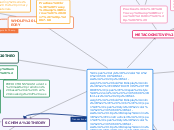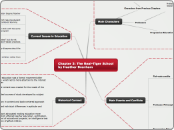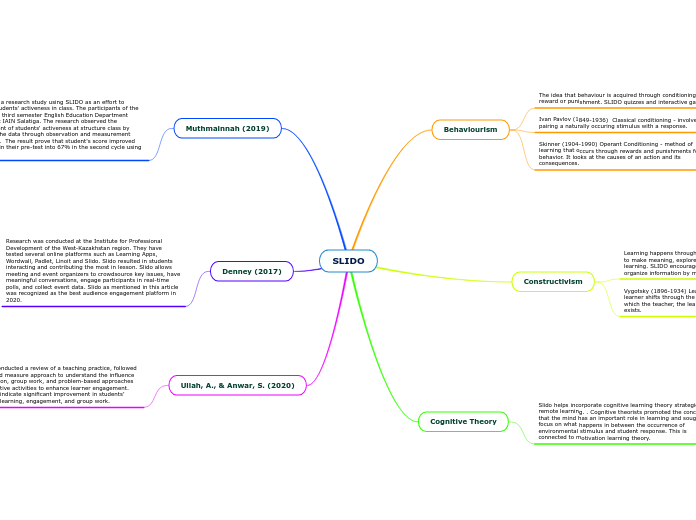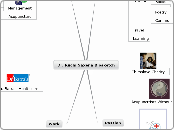CRITICAL LITERACY
Critical Practices
(Luke & Freebody, 1997, p. 214)
Which positions, voices, and interests are at play? Which are silent and absent?
What is the text trying to do to me? In whose interest?
What kind of person, with what interests and values, could both write and read this naively and unproblematically?
Beliefs
(Luke & Freebody, 1997, p.193)
Institutionally purpose-built repertoires of "selves" are represented in all texts.
We learn about reading a writing position from those responsible for our learning.
All texts are motivated - there is no neutral position
Reading and writing are social activities.
CONSTRUCTIVIST THEORIES
Constructivism: the integration of new knowledge with existing knowledge
WHOLE LANGUAGE THEORY
Practices
(Tracey&Morrow, 2017, p. 67-68
Reading and Writing Workshop
Center based activities
Uses authentic pieces of high quality children's literature rather than commercially prepared basal reading series as the primary materials.
Beliefs
(Tracey&Morrow, 2017, p. 67)
Listening, speaking, reading, and writing are interconnected.
Reading is a natural process that children acquire when placed in a high quality literacy environment.
TRANSACTIONAL THEORY
TYPES OF RESPONSES
Expressed Interpretion
Expressed response
Evocation
PURPOSES FOR READING/WRITING
Aesthetic
Effererent
Beliefs
(Rosenblatt, 2013, p. 927-928)
Every reading act is a transaction involving a particular reader and a particular text
Purpose of reading/writing is communication
Readers use their "linguistic experiential reservoirs" during reading
METACOGNITIVE THEORY
Beliefs
(Tracey&Morrow, 2017, p. 69)
Metacognition is the process of thinking about one's own thinking
The goal of metacognitive instruction is to help readers become more aware of their own thinking during the reading process which should lead to increased text comprehension
Practices
(Tracey&Morrow, 2017, p. 70)
Teachers use the gradual transfer model of teaching.
EXPLICIT INSTRUCTION of metacognitive strategies
INQUIRY LEARNING THEORY
Practices
(Tracey&Morrow, 2017, p. 57)
Promotes:
-Collaboration
-cooperation
-democracy
Students needs to:
-formulate hypotheses
-collect data
-draw conclusions
-reflect on the original problem and the thinking processes used
Emphasizes problem based learning
Beliefs
(Tracey&Morrow, 2017, p. 57)
Education's purpose is to produce citizens capable of successfully participating in and contributing to a democratic society.
SCHEMA THEORY
Beliefs
(Tracey&Morrow, 2017, p. 60)
Three processes
Tuning: an existing schema is modified to incorporate new information
Accretation: learners take in new information but do not need to change existing schema
People organize everything they know into SCHEMATA or knowledge structures
Schemata are pliant and expandable
Restructuring: learners must create a new schema
Practices
(Tracey&Morrow, 2017, p. 60)
Activate students' background knowledge
Previewing
Anticipation guides
Vocabulary activities
Webbing
PSYCHOLINGUISTIC THEORY
Beliefs
(Tracey&Morrow, 2017, p. 65 - 66)
One can gain insight into the cueing system that readers used by analyzing their miscues.
PREDICTIONS:Students make predictions based on their knowledge of cues
Readers rely on LANGUAGE CUEING SYSTEMS to help them rapidly read text.
LANGUAGE CUE SYSTEMS
(Tracey&Morrow, 2017, p. 65)
Graphophonic Cues
Semantic Cues
Syntactic Cues









